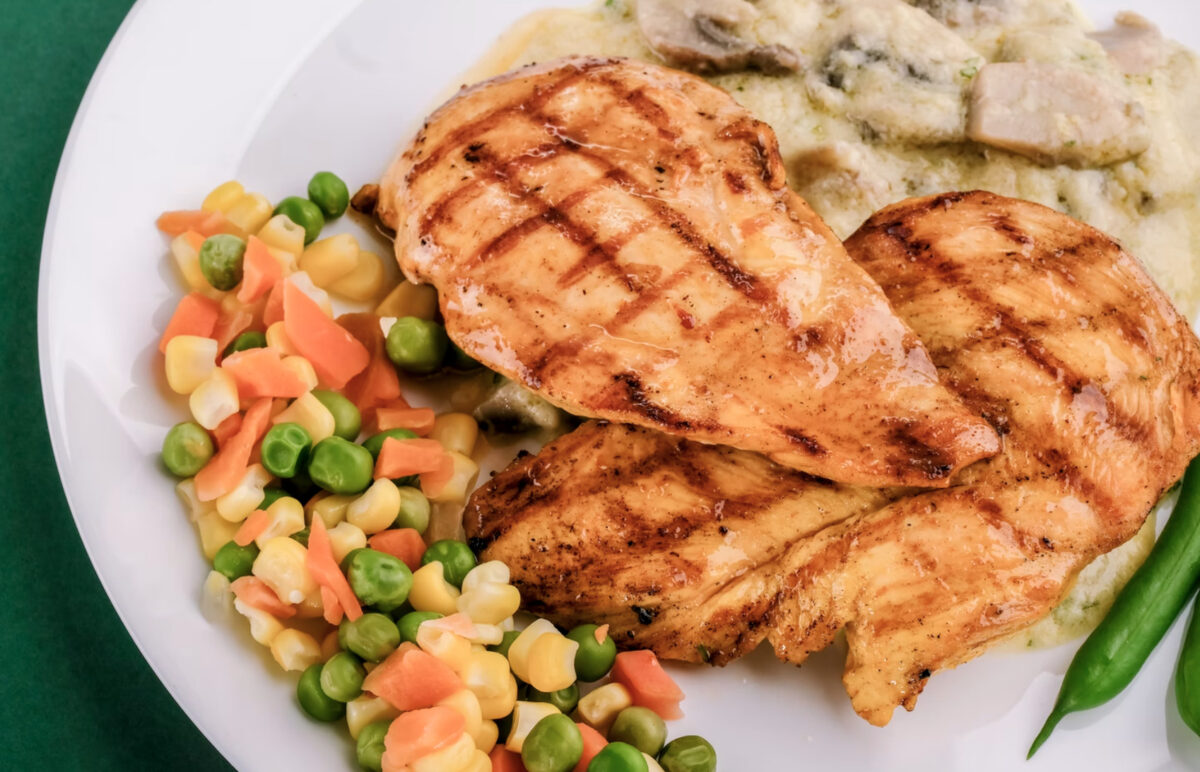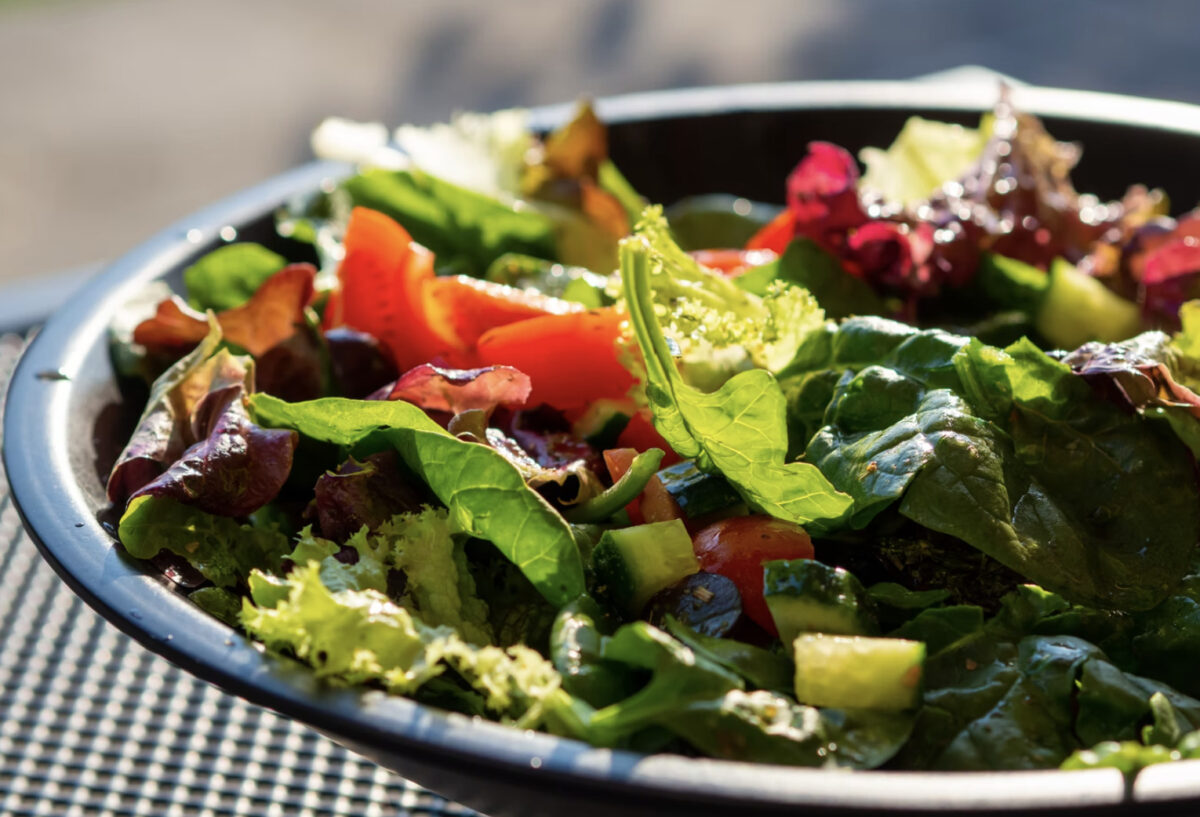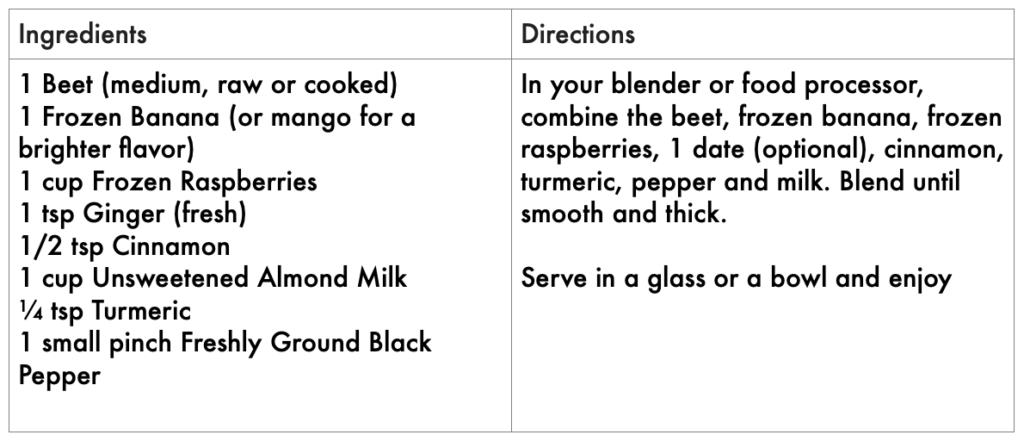By Tamara Kung, ND
The growing awareness of plant-based meals coupled with our long history of enthusiasm for protein is coming to an apparent clash and leaving us wondering how are we supposed to get enough quality protein on just plants!
Before we get into that, let’s get some context regarding how much protein we should have for optimal health.
In 1890, the USDA recommended 110 g of protein per day for working men. The drive for protein peaked in the 1950’s when the United Nations declared that “deficiency of protein in the diet is the most serious and widespread problem in the world.” because of a prevailing condition called Kwashiorkor disease.
However, there’s no real evidence of prolific dietary protein deficiency in Westernized countries. Our most pressing health problems, obesity, diabetes, heart disease, pain, migraines, are not a result of protein deficiency, yet we continue to fixate on this single nutrient.
So a revision of protein guidelines was reduced from 110 grams to an average of 42 grams per day, or to be more accurate, 0.8-0.9 grams /kg ( 0.36 g per lb). This is according to the current recommended daily intake guidelines to avoid sickness and deficiency.
| Females by Age Group | Total Grams of Protein Per Day |
| 9-13 years | 34 |
| 14-18 years | 46 |
| 19+ years | 46 |
| Males by Age Group | Total Grams of Protein Per Day |
| 9-13 years | 34 |
| 14-18 years | 52 |
| 19+ years | 56 |
But we want to do better than just avoiding sickness. We want to thrive and make sure we are achieving levels that optimize our health, fitness, and well-being.
Many of us are in fact consuming more than what we need to just survive as found by one of the largest studies on nutrient amounts in varying diets. Observing over 70,000 individuals, researchers gathered the data to see how much of each nutrient omnivores were getting compared to their spectrum of vegetarian counterparts.
Regarding protein intake, they found that omnivores get way more than the recommended 42g, almost doubling that… and so does everyone else.
Vegetarians and vegans were also found to get 70% more total protein than recommended.
We can see omnivores and their vegetarian and vegan counterparts are achieving more than the minimum daily intake. In fact, just less than three percent of adults don’t meet protein requirements, and these are typically severely ill and malnourished individuals. A whopping 97% of adults easily meet their total protein needs so to worry about not getting enough may not be as pressing of a problem as we originally thought.
Side note: What 97% of adults are deficient in is fiber, consuming less than the recommended 30 grams per day. A focus on increasing fiber intake can move the needle in terms of improving longevity and increasing the number of healthy years lived. Plant rich diets contain significantly less fat, cholesterol, fewer microbial and parasitic infections than omnivorous diets, while at the same time providing more fiber, folate, vitamin C, and antioxidants in addition to protein. All of which are essential for preventing disease and supporting optimal health and longevity
It should be noted that there is no upper limit set for our macronutrient guides because we are lacking the data here. But omission of upper limits doesn’t mean it’s safe to have overly high amounts for extended periods of time. We can only absorb 25-40 g of protein per meal, so overdoing it can also lead to unused protein.
A study conducted by Harvard followed 130,000 people over 32 years and found that the amount of protein didn’t translate to health, rather it’s the quality.
Complete vs. Incomplete proteins
So what are quality proteins? Animal protein has been touted as a complete source of all nine essential amino acids (protein’s building blocks), and therefore historically ranked superior to plant sources.
Complete proteins contain all nine essential amino acids and include:
- Fish
- Poultry
- Eggs
- Pork
- Beef
- Dairy
- Whole sources of soy (edamame, tofu, tempeh, miso)
- Quinoa
- Chia seeds
Incomplete proteins contain some but not all amino acids:
- Legumes (peas, lentils, beans)
- Nuts
- Seeds
- Whole grains (wild rice, farro, rye, spelt)
- Vegetables! (Spinach – remember Popeye? Avocado, asparagus, brussels sprouts, broccoli)
We can see from this chart below that essential amino acids can be found in a variety of plant foods as well.
If you’re eating a variety of protein foods, chances are, you don’t need to give this a second thought. Enjoying a rotating repertoire of vegetables, whole grains, legumes, nuts, and seeds will cover your needs.
Plus, our cells are continuously breaking old parts down and recycling usable components – like amino acids, and combining them with the nutrients we take in. This means we don’t need to eat complete proteins with each meal, rather a variety on a consistent basis will do us just fine.
The science is showing that it’s the source, rather than the amount of protein that makes a difference in our health. This is referred to as the protein package because food comes not in isolate. What’s included in the package are carbohydrates, fats, vitamins and minerals, and antioxidants.
Red meat is packaged with saturated fat, sodium, and zero fiber, minimal antioxidants and is linked with increased risk for heart disease and stroke. While swapping out for plant proteins such as soybeans, lentils, legumes, nuts, fish or poultry reduce these risks. Similar studies show this is also true for diabetes, cancer, weight gain, bone health, and premature death.
This is because of the protein package idea. Plant proteins are packaged with unsaturated fat which lowers LDL cholesterol, has no cholesterol, plenty of fiber, and plenty of vitamins, minerals, and antioxidants. All great health protectors!
The takeaway here is straight forward. There is little danger of a protein deficiency on a plant-based diet, as long as you enjoy a variety and have a rotating repertoire of different lentils, beans, with your stews or curries, or whole grains with your meals, seeds and nuts with your salads, you’re covered!
If you are planning on eating less meat and more veggies and are not certain of how to make sure you are getting the protein quality, talk with a nutrition professional to make sure. Your body, performance and health will thank you.
Reference:
Nutrition Today – The Family of dietary fibers: dietary variety for maximum benefit
Comparison of nutritional quality of vegan, vegetarian, semi-vegetarian, Nutrients, 2014
Nutrient profiles of vegetarian and non-vegetarian dietary patterns Journal of the Academy of Nutrition and Dietetics 2013
Srikanthan P, Karlamangla AS. Muscle mass index as a predictor of longevity in older adults. Am J Med. 2014;127(6):547-553. doi:10.1016/j.amjmed.2014.02.007
Public Health Nutrition , Volume 8 , Issue 6a , September 2005 , pp. 701 – 705
DOI: https://doi.org/10.1079/PHN2005766
https://www.health.harvard.edu/blog/how-much-protein-do-you-need-every-day-201506188096








